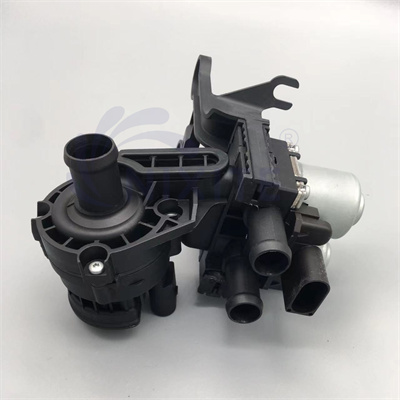A thermostat is a device that regulates the temperature of a system, such as a vehicle’s engine or a home’s heating and cooling system. In a cooling system, the thermostat is responsible for controlling the flow of coolant through the system to help regulate the temperature. When the temperature of the system exceeds a certain threshold, the thermostat opens to allow coolant to flow through the system and help lower the temperature. When the temperature falls below the threshold, the thermostat closes to prevent coolant from flowing through the system. In this way, the thermostat helps to maintain the temperature of the system within a certain range, ensuring that it is not too hot or too cold.

thermostat cooling system working
The working of a thermostat in a cooling system can be described as follows:
- The thermostat is placed in a location where it can sense the temperature of the system. This may be in the engine of a vehicle, or in the air ducts of a home’s heating and cooling system.
- The thermostat has a temperature sensor that measures the temperature of the system. When the temperature exceeds a certain threshold, the sensor sends a signal to the thermostat to open a valve or switch.
- The thermostat opens the valve or switch to allow coolant to flow through the system. This helps to lower the temperature of the system.
- As the temperature of the system falls below the threshold, the thermostat closes the valve or switch to stop the flow of coolant. This helps to maintain the temperature of the system within a certain range.
- The thermostat continues to monitor the temperature of the system and open and close the valve or switch as needed to maintain the desired temperature.
In this way, the thermostat helps to regulate the temperature of the system, ensuring that it is not too hot or too cold. This can help to improve the efficiency and performance of the system, as well as ensure the comfort of the people or animals using it.
